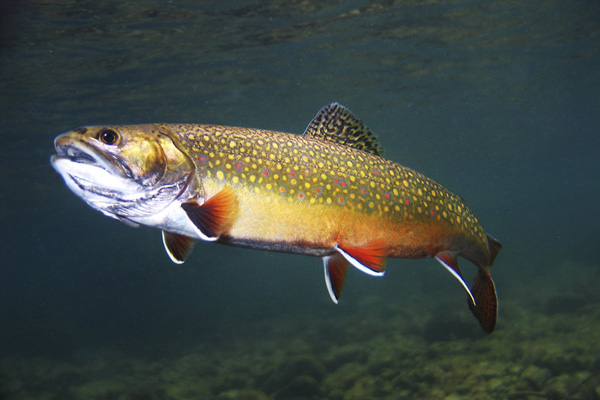Be the Disturbance You Wish to See in the Wetland
by Christine Healy, Wildlife Biologist
Since 2021, Conserve Wildlife Foundation of New Jersey (CWF) has been partnering with New Jersey Audubon (NJA), New Jersey Conservation Foundation (NJCF), the United States Fish and Wildlife Service (USFWS), and New Jersey Fish and Wildlife (NJFW) on bog turtle conservation in Salem County. Though densities in the southern part of the state are understood to be lower than in north Jersey, conserving this metapopulation is a priority as bog turtle numbers continue to decline despite long-term state (endangered since 1974) and federal (threatened since 1997) protections. A primary driver of this decline is habitat loss- but not necessarily in the way you might expect. The shift in plant communities- from grasslands to forests- occurs naturally over time. We call this process “succession”, and it can be both a gift and a curse.
Under normal circumstances, Mother Nature sometimes throws a wrench in the plans of mid- and late-successional species (like oaks and maples, respectively), in the form of disturbances. Beaver activity may cause flooding that inhibits tree growth. Natural fires in healthy forests can thin trees enabling the understory to receive enough sunlight to persist. These burn slower and cooler than wildfires. Some trees, like the longleaf pine in the southern US, even require fire in order to rejuvenate. In some cases, large mammals may eat or break saplings before they have a chance to establish. This apparent “destruction” is actually a good thing- disturbances like these are why we have meadows and prairies. A mosaic of habitat types that run the spectrum of open wetlands to old-growth forest, is key to a high diversity of wildlife.
Continue reading “Be the Disturbance You Wish to See in the Wetland”
